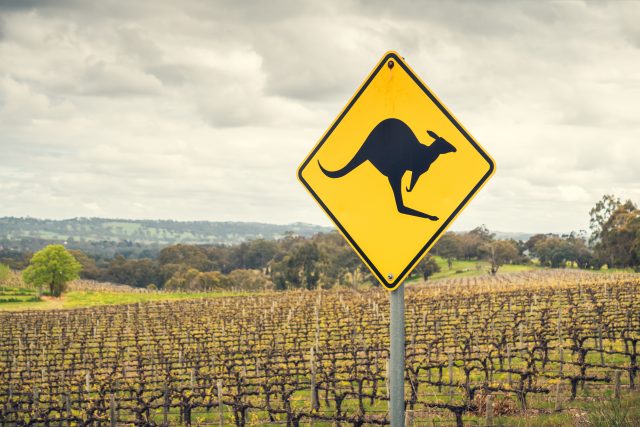This website uses cookies so that we can provide you with the best user experience possible. Cookie information is stored in your browser and performs functions such as recognising you when you return to our website and helping our team to understand which sections of the website you find most interesting and useful.
How Wine Australia plans to reduce carbon emissions by 40% in six years
Plans have been outlined by the Australian wine industry to reduce its carbon emissions by more than 40% before 2030.

Wine Australia’s emissions reduction roadmap, developed with sustainability advisory Edge Impact, has been created in consultation with more than 200 members of the grape-growing and wine sector, creating a science-backed pathway.
It outlines 11 initiatives to reduce emissions in the vineyards, the winery and the supply chain, including a focus on data to inform business decisions, reducing – and eliminating – the use of fossil fuel vehicles, operating efficient production sites powered by renewable electricity, optimising low emissions transport and distribution networks, and collaborating with the wine supply chain to reduce emissions from high emitting materials and services.
The roadmap is accompanied by the emissions reduction guide, which is aa reference manual for grapegrowers and winemakers to use in taking action within their businesses.
Senior research and innovation programme manager Dr Sharon Harvey said the roadmap was “key starting point” and reflected the commitment to ongoing improvement and safeguarding the future for Australian wine. She also said the collaboration across the production and supply chain would be critical.
Harvey said that “we all need to consider the emissions costs of our products” and how to reduce the impact on the climate.
She said: “Backed by science, our roadmap identifies the current footprint of the Australian grape and wine sector, the key areas where emissions reduction can be achieved, and it provides practical steps for growers, winemakers, and other members of the value chain to start or further reduce emissions from today.
“With the initiatives modelled in the roadmap, we can have confidence that there is a 42% reduction opportunity that can be achieved by 2030. However, we will also review the roadmap at intervals leading up to 2030, and beyond, to see how we are tracking and to ensure that we take advantage of new innovations to support the sector’s goal of net zero emissions.”
Tahbilk Winery in central Victoria, which has already spent two decades undertaking emissions reduction activities for more than 20 years, took
Research analyst at the producer, Lachie Thomas, said the roadmap was a clear pathway to continue the winery’s work.
Thomas said: “Decarbonising the Australian grape and wine sector provides an opportunity to unite the industry. The emissions reduction activities outlined in the roadmap aim to strengthen businesses while enabling the sector to become a global leader in sustainable production. This is a position that will support the entire sector to thrive with greater market access, resilience to adverse challenges, and positive outcomes for our people and planet.”
“I encourage everyone in the industry from around Australia to look at the Roadmap’s resources and sign up to the network, so we can work together as a community to share knowledge, resources, and best practices. By doing so, we can drive real change and ensure the long-term success of our sector.”
Related news
UK Christmas lights could buy 14 million mulled wines

